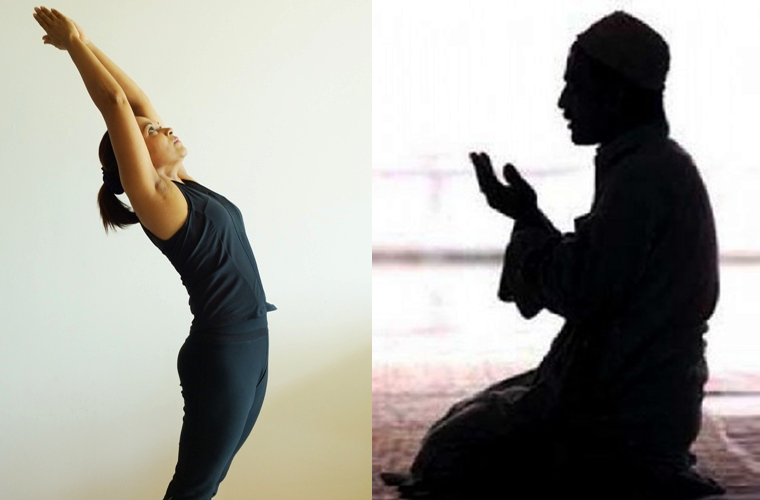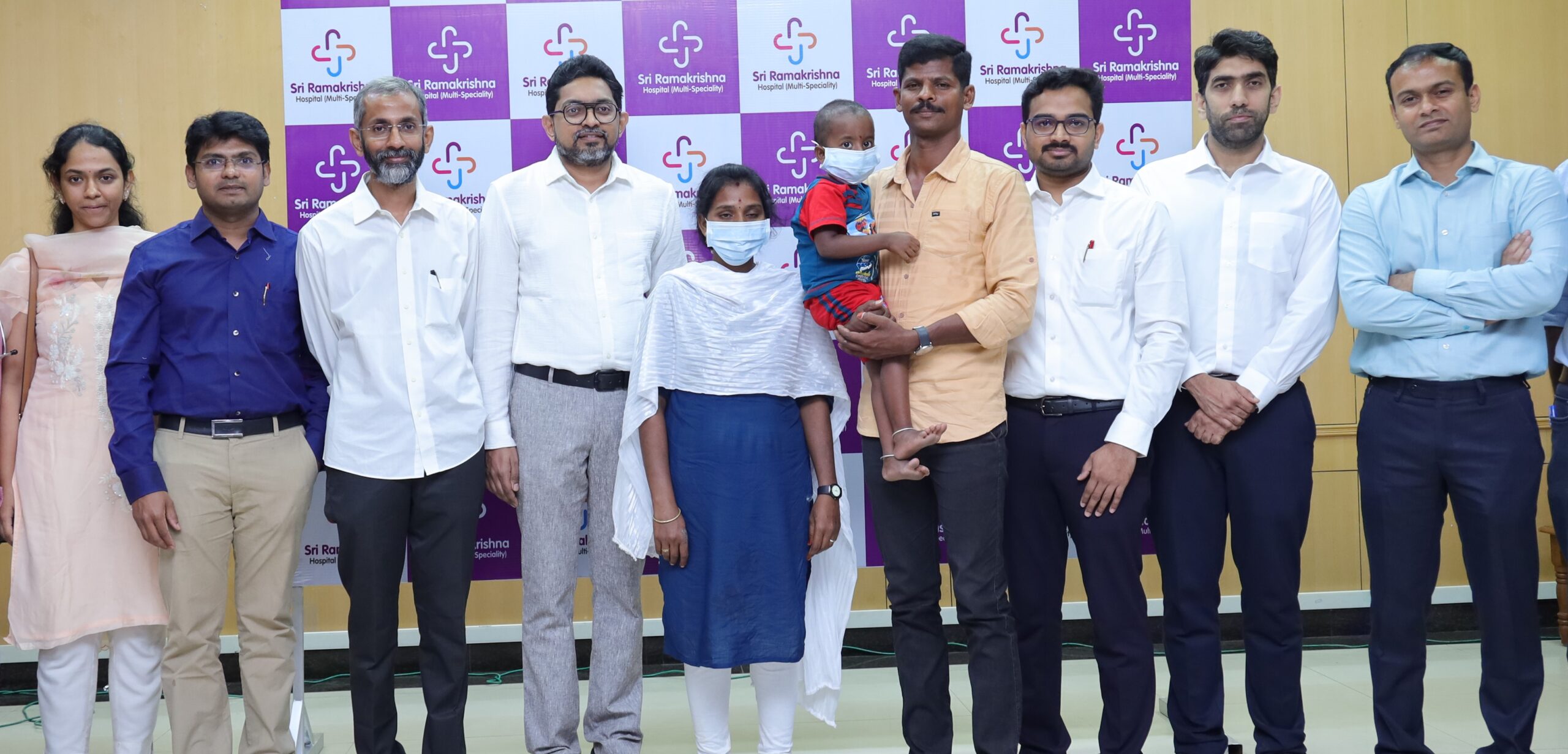Trending Now
- 830 voters names go missing in Kavundampalayam constituency
- If BJP comes to power we shall consider bringing back electoral bonds: Nirmala Sitaraman
- Monitoring at check posts between Kerala and TN intensified as bird flu gets virulent in Kerala
Coimbatore
Namaz, Suryanamaskar distinctly similar reveals Muslim Prof’s research
![]() January 28, 2017
January 28, 2017
Some of the postures, exercise activities and physical regimen are similar in Namaz and Suryanamskar, a fact going against the grain of religious connotations of the two practices.
They are as different as chalk and cheese, representing two different religious dispensations, but on closer examination Namaz and Suryanamaskar have many similarities. Both give the practitioner health and fitness benefits.
This observation is sure to warm the cockles of all the secular minded people in the country – that Namaz and Suryanamaskar, synonymous with Muslim and Hindus respectively, both give similar benefits to practitioners as the practices and activities are similar.
Prof Mujeeburahiman Ambalakkandi of MAMO College in Kerala has in a thematic paper presented at an international conference in Chennai recently brought out these striking similarities between Namaz (prayer of people belonging to Muslim faith) and Suryanamskar (practiced as a health and well-being exercise by mostly Hindus).
Prof Ambalakkandi teaches at MAMO College in Kozhikode District in Kerala. He is currently pursuing his PhD at Ramakrishna Mission Vidyalaya, Coimbatore.
According to him, both these practices involve activities that are known to give physical, physiological and psychological benefits to the practitioners.
“Though I have practiced Suryanamaskar as part of Physical Education, this practice is not popular among the countries in the Middle East where I was earlier. However, Suryanamaskar is not associated to faith, it is a physical activity, something that even Namaz has in parts. These activities are known to have many health benefits,” the professor told Covai Post.
Both Namaz and Suryanamaskar have seven important poses (Suryanamaskar has a total of 12). Pranamasana which is the first and 12th pose is a prayer pose where the performer looks straight, inhales and exhales normally. This creates a sense of relaxation, calmness and concentration in the mind. Similarly, in Namaz the Qiyam is also a standing pose where the body weight is equally distributed so that it does not strain the back. This also helps relax the neck and shoulders.
Similarly, the Ashtanganmaskara and Sujood, are both in which the practitioner prostrates. This posture in both cases strengthens hand and neck muscles besides stretching the lower back muscles. Importantly in this posture, the blood flow to the brain is increased and thus improves concentration, memory, vision and cognitive abilities.
In both the practices, the performer recites mantras or verses.
The timings of both Namaz and Suryanamaskar are connected to solar movements. In both cases, the activities are performed barefooted and are proven to help in the wholesome development of an individual, the professor said.
Another similarity between the two is that women are exempted from doing Namaz and Suryanamaskar during mensus and post-delivery period.
But there are differences.
While Namaz is performed several times a day, Suryanamaskar is performed only once during sunrise. While the duration of different postures is different in Namaz, but the duration remains the same for the postures in Suryanamaskar.























